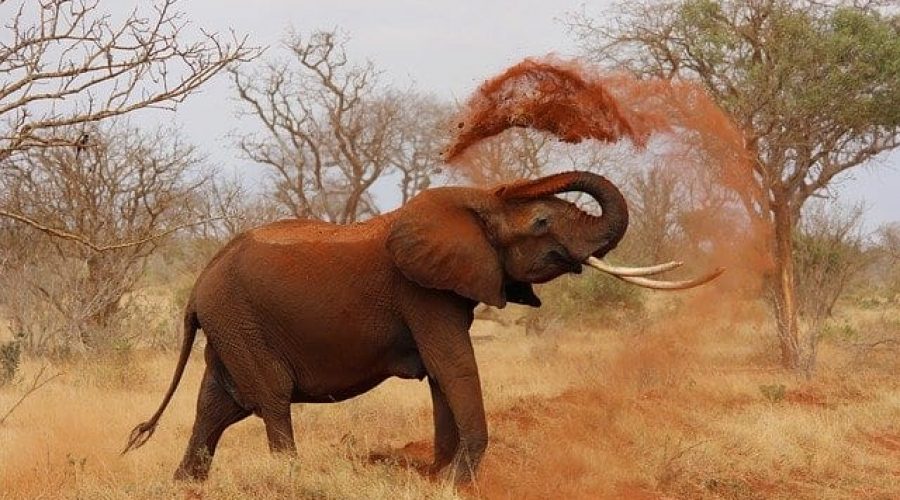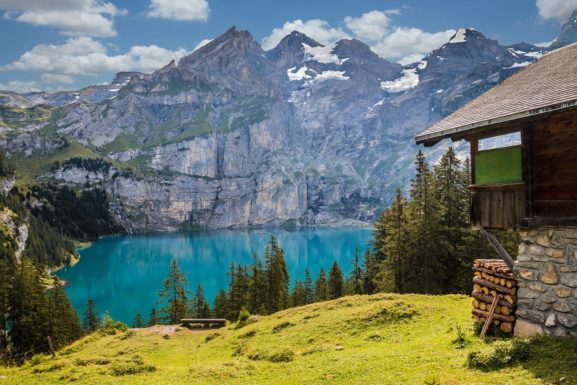Africa – The Cradle of Humankind
World-renowned archaeologist Professor Phillip Tobias once said that “Humanity was a gift from Africa to the World”. Many scholars believe Africa to be the birthplace of mankind and with the substantial archaeological findings in their favor the world tends to agree.
South Africa – Tour the Origins
South Africa is home to some three million years of prehistory and history, inherited from the ancient cultures which made the mountains and plains their home. This rich inheritance places the country among the few regions in the world where these footsteps towards the development of culture can be followed. If you are interested in the origins of mankind a trip to South Africa is highly recommended. There are a multitude of sites where remarkable discoveries have been made throughout the years and they are now open to members of the public. The tours of these sites allow enthusiasts a glimpse into their own origins.
Until 1924 the world had focussed its attention on Asia in their quest for the origins of mankind. Professor Raymond Dart revolutionized this way of thinking when he discovered the skull of a six year old child in a block of rock sent to him from the town of Taung in South Africa’s North West province. The skull displayed both ape-like and human-like anatomical features and was named Australopithecus africanus. The skull is regarded amongst the 20 most significant scientific discoveries of the 20th century. Once the skull had been discovered scientists turned their attention to South Africa and a huge number of archaeological sites were found. The Taung Heritage Site is now one of South Africa’s top tourist destinations, a monument has been built to commemorate the discovery and an old mine tunnel has been reopened for visitors to explore. The Blue Pools are another feature that attract visitors to the Heritage Site. Discovered after a dynamite explosion in a mountain!
in which lime was being mined the pools are surrounded by caves and streams and are a popular site for hiking, abseiling, picnicking and barbequing.
Another remarkable find was made in 1947 by Dr Robert Broom, who discovered a perfectly preserved adult Australopithecus africanus cranium, belonging to the 2, 5-million-year-old “Mrs Ples”, at Sterkfontein. Several hundred discoveries followed, some dating back 3, 5 million years and the Sterkfontein site earned its name – The Cradle of Humankind . Some of the cradles findings include 500 skull, jaw, teeth and skeletal fossils of early hominids, thousands of other animal fossils, over 300 fragments of fossils wood, and over 9,000 stone tools. The Cradle of Humankind [http://www.africanoutposts.co.za/index.q] is a World Heritage Site and certain areas are open to the public. There are also various exhibitions, guided tours and lectures from reputed archaeologists. The Cradle restaurant is the perfect day of exploration and enlightenment. This beautiful restaurant built from stone, steel and glass opens up on three sides with a magnificent view of the African!
landscape.
South Africa’s Limpopo province is a land of myths and legends – the area has a rich cultural history and there are many archaeological sites. The Makapans Cave and nearby archaeological and fossil sites are situated on the farm Makapansgat, 19 km north of Mokopane. It was here in 1948 that the fossil remains of Australopithecus africanus, a 3, 5 million-year-old ape-man, were found by Raymond Dart. The Makapans Valley, a National Heritage site and currently in line for World Heritage Status, contains an extensive and complete record of hominid occupation. The Makapan caves are full of fossils and archaeological remains and you can take a tour of the caves and area.
Long before Bartholomew Dias rounded the Cape in 1488 the art of working gold was being mastered by Bantu-speaking people living near the Limpopo River . Recently gold objects and other exciting finds have been made here. Also near the Limpopo River, Thulamela in the Kruger National Park was home to a large stone-walled settlement. A large section of the ancient stone walling has been restored to its former glory and the National Parks Board is working on plans to make this bewitching site a tourism destination in the northern part of the Kruger National Park. Not only can you marvel at the sites archaeological finds but you can also enjoy spending time in one of the worlds most acclaimed game reserves.
In more recent years South Africa has once again captured the world’s attention with the discoveries of human remains at the Klasies River Caves along the Eastern Cape coast. Human remains with anatomically modern features have been found, dating well over 100 000 years old. If these dates are correct, then it is in Southern Africa that the world’s oldest remains of our own species, Homo sapiens, have been found – some 60 000 years before their arrival in Europe and Asia.
Apart from all of the human remains discovered in South Africa throughout the years the treasure trove of art . South Africa has the greatest collection of Stone Age paintings and engravings in the world. The San have left us a priceless and unique artistic legacy.
Robert Ardry wrote that, “Humanity evolved beneath the canopy of African skies on the immense card table of the African Savannah”. Exploring this evolution is a magnificent way to gain insight into the origin of mankind. Not only will you be enlightened on your tour of South Africa’s archaeological treasures you will also get to experience this beautiful countries modern day treasures.


